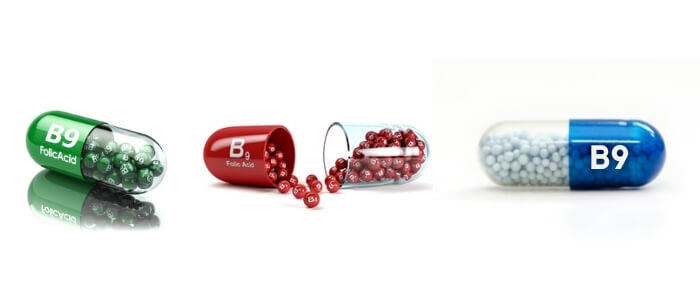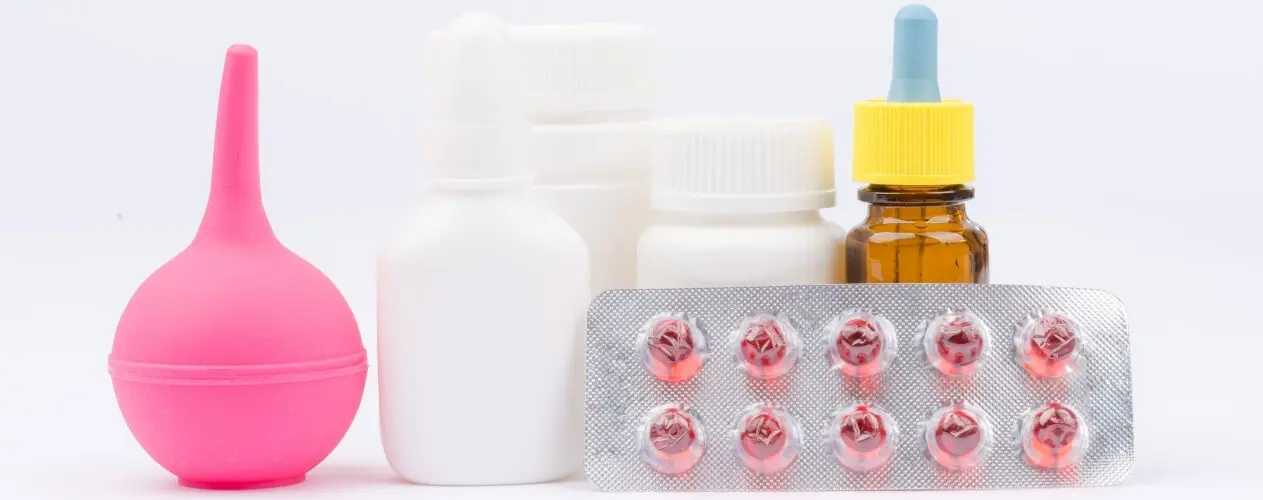A diagnosis of conditions, such as Ulcerative Colitis and Crohn’s Disease, raises many questions in your mind. You are not alone if you have questions about different treatment options for IBD. Most people want to be proactive with their health and make better decisions. It is natural to want to learn about treatment options, benefits, side effects and interactions, especially if you have a chronic condition like IBD.
Inflammatory bowel disease is an umbrella term used for chronic inflammatory conditions affecting the gastrointestinal tract. The two main conditions are ulcerative colitis and Crohn’s disease. Ulcerative colitis, which involves the innermost lining affects the colon, while Crohn’s disease can involve any part of the digestive system.
With the scientific advances in IBD treatments, the good news is that it is a manageable disease. There are four main types of medications used to treat inflammation in IBD. These are Aminosalicylates, Steroids, Immunomodulators and Biologics. In this article, we will discuss 5-Aminosalicylates, one of the treatment options for IBD. 5-Aminosalicylates have long been a staple in managing IBD.
If left untreated, the symptoms and long-term damage of IBD can be debilitating. It can dramatically inhibit your daily life, especially with symptoms, such as fatigue, diarrhea, abdominal pain, and urgency to use the bathroom.
The goals of treatment for people with inflammatory bowel disease are symptom resolution, remission or maintenance.
5-Aminosalicylate (5-ASA) drugs are one class of medications used in treating mild to moderate inflammatory bowel diseases. They are believed to inhibit the formation of a chemical known as prostaglandins, which is responsible for controlling pain and inflammation. 5-ASA medicines are chemically related to aspirin and contain 5-Aminosalicylic acid.
5-Aminosalicylates act as anti-inflammatories and are used primarily in achieving and maintaining remission for ulcerative colitis. It is also used to control mild inflammation and other symptoms of Crohn’s disease.
This class of medications can be taken in pills, suppositories or enema form. The form prescribed will depend on several factors, including the location of the inflammation in the gastrointestinal tract.
Suppositories deliver the medications directly to the rectum. An enema or procedure to introduce medication into the rectum and colon by way of the anus, can reach higher than a suppository.
List of 5-Aminosalicylates
- Sulfasalazine
- Balsalazide
- Olsalazine
- Mesalamine
Side effects are much more common with Sulfasalazine. The other 5-Aminosalicylates are generally very well tolerated.
Sulfasalazine
Sulfasalazine was originally proposed for the treatment of Rheumatoid Arthritis because of its anti-inflammatory and anti-microbial properties. It is now used for inflammatory bowel disease and other inflammatory joint diseases.

What you need to know when taking Sulfasalazine:
- It is important to stay hydrated by drinking plenty of fluids, especially water.
- Avoid taking the medication on an empty stomach or with antacids.
- People on Sulfasalazine may notice that their urine, tears and sweat develop an orange tinge, which can stain clothing and contact lenses. Sulfasalazine is yellow-orange color.
- Sulfasalazine may affect the absorption of folic acid. Talk to your doctor about taking a folic acid supplement. You may need a higher dose of folic acid while taking the medication, and if you are pregnant. Speak to your doctor if you are hoping to become pregnant.
- The most common side effects of Sulfasalazine are headaches, nausea, fever, rash, sensitivity to sunlight, and reversible infertility in men. Headaches are more likely with higher doses of the drug and are less likely to occur if the dose is gradually increased.
- People who are allergic to sulfa drugs may have a cross reaction to Sulfasalazine.
Examples of sulfa medications include Sulfamethoxazole, Glyburide, Sumatriptan, Celecoxib, Hydrochlorothiazide and Furosemide. Talk to your doctor if you have a sulfa allergy. - You may get sunburned more easily while taking Sulfasalazine. Avoid sun, sunlamps and tanning beds. Use sunscreen, clothing and eyewear that protects you from the sun.
- Sulfasalazine may cause a decrease in fertility in males with low sperm count. The effects are reversible and related to dosing.
Balsalazide, Olsalazine and Mesalamine
Balsalazide, Olsalazine and Mesalamine are 5-Aminosalicylates medications that are similar to Sulfasalazine with a 5 amino salicylate(5-ASA) component but lacks a sulfapyridine component that is present in Sulfasalazine. The sulfapyridine component has disease modifying effects in people with rheumatoid arthritis, hence Sulfasalazine is the only 5-aminosalicylate used for treatment in arthritis. The 5-ASA component is responsible for many of the beneficial effects in people with inflammatory bowel disease.

What you need to know when taking Balsalazide, Olsalazine and Mesalamine
- It is important to drink lots of non-caffeinated liquids while taking these medications. That is unless your doctor advises you to drink less liquids. Do not take antacids while taking this medication orally.
- You may sunburn more easily while taking these medications. Avoid sun, sunlamps and tanning beds. Use sunscreen, clothing and eyewear that will protect you from the sun.
- The most common side effects are headaches, malaise (a vague feeling of illness), cramps and gas.
- Though rare, these medications may cause kidney problems, including kidney stones. Check with your doctor immediately if you have lower back or side pain, increased thirst, decreased frequency or amount of urine, bloody urine, loss of appetite, nausea, vomiting, unusual tiredness or weakness, swelling of the face, fingers or lower legs, weight gain, or trouble breathing.
- Though rare, these medications may also cause liver problems. Check with your doctor immediately if you experience pain or tenderness in the upper stomach, loss of appetite, nausea, vomiting, yellow eyes or skin, pale stools or dark urine.
- Additional rare side effects with these medications include a reaction that looks like symptoms of ulcerative colitis. Check with your doctor immediately if you have stomach pain, bloody diarrhea, cramps, fever, headache, or a rash while you are using this medicine.
5-ASA medicines limit digestive tract inflammation. The optimal way to allow your intestines to heal is by adhering to medication as prescribed by your doctor. It is important to take your medications, even during periods of remission, to prevent asymptomatic inflammation and future flare-ups. It may take a few weeks for 5-Aminoslicylates to work. Keep taking your prescribed dose, even if you feel better.

There are certain tests that your doctor may do before and while taking 5-ASA. These tests include a complete blood count, checking the functions of the kidneys and the liver.
Overall, 5-ASA medications are very well tolerated. Serious side effects are uncommon or rare, and usually resolve when the medication is stopped. If you experience unpleasant side effects, do not stop taking your medications before you speak with your doctor.


